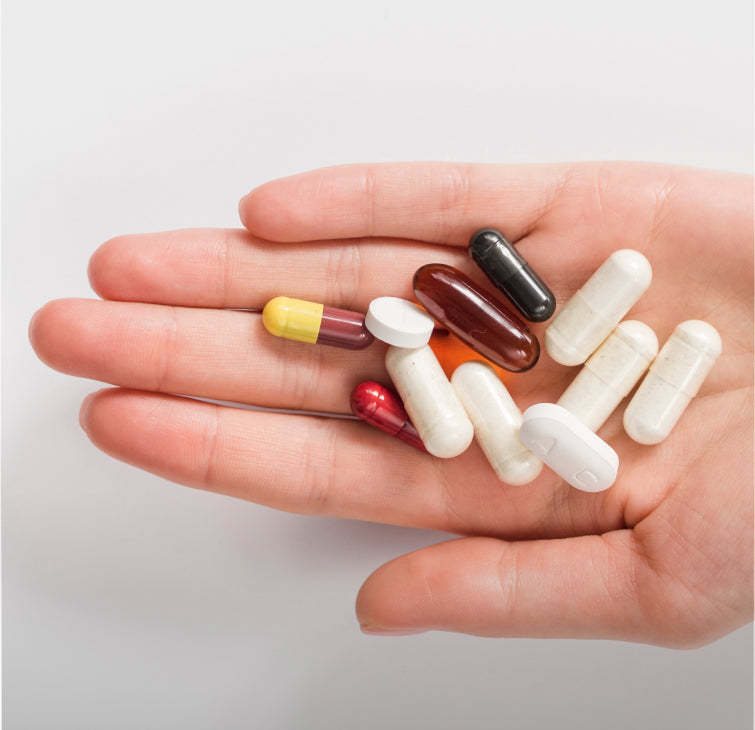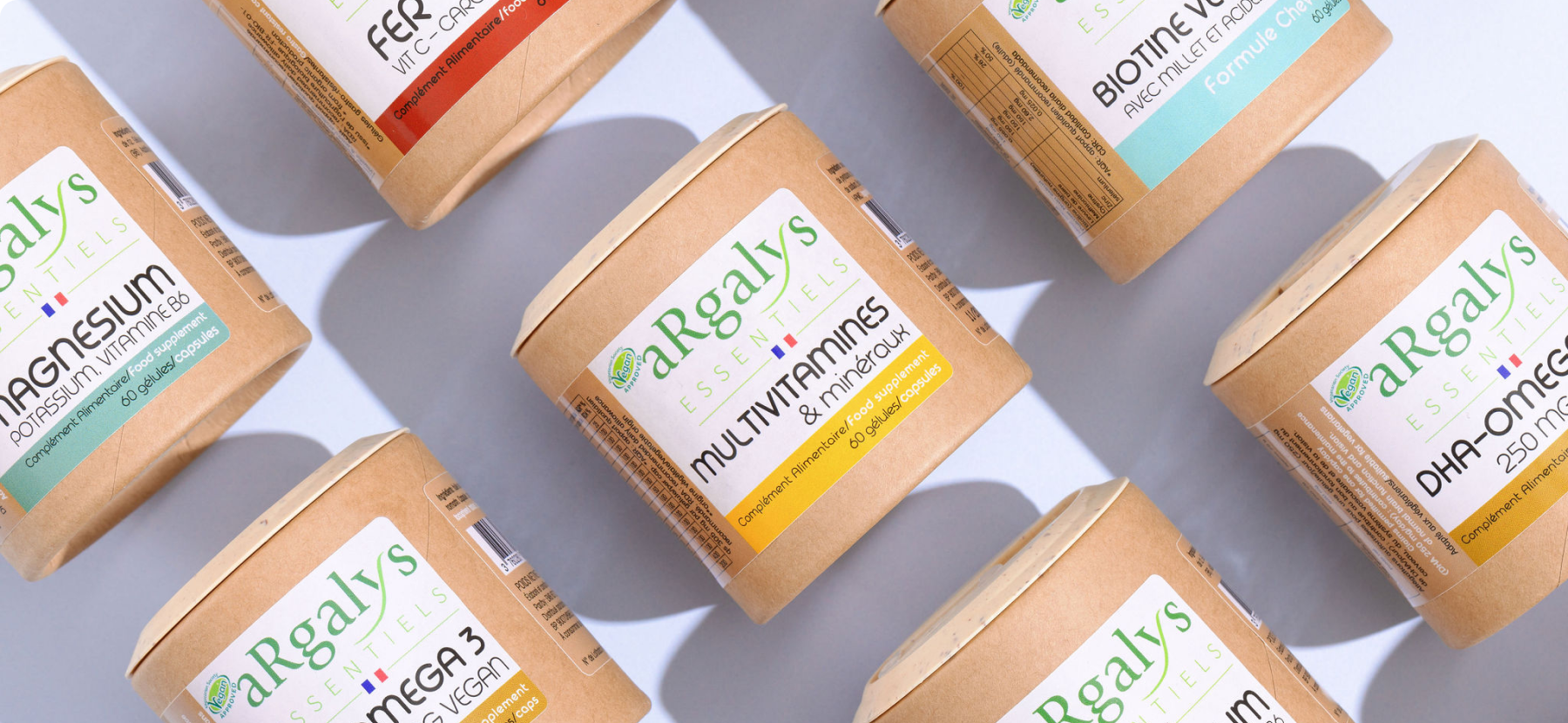Unless you are an experienced micro-nutritionist, you have probably never heard of Molybdenum and its benefits. However, it is an essential trace element for the body.
Here we offer you a quick summary of its virtues and benefits for your health and the proper functioning of the body.
Molybdenum, a discreet, yet essential trace element.
Molybdenum is a metallic atom (chemical abbreviation: Mo, number 42 in Mendeleev's periodic table), but for nutritionists, it is a mineral trace element .
It is therefore an element not synthesized by the body, which acts at very low doses on target functions of our physiology.
Molybdenum must be supplied through food . In its natural state, it is present in the soil and it is from there that it diffuses into the food chain (plants, herbivorous animals, etc.).
It should be noted that molybdenum deficiency in soils is not rare (light, acidic soils). It can also concern plants grown in greenhouses or hydroponics, which is why it is always difficult to predict exactly its real content in everyday foods.
What are the benefits of Molybdenum?
Although present in very small quantities in the body, molybdenum is an essential trace element for the body . It is involved in many functions of the body because it is a component of certain enzymes.
An essential role for protein synthesis.
Proteins are the main constituents of our tissues (skin, muscles, nerves, etc.) and the body constantly renews them: some 20 billion cells die every day and must be replaced.
The synthesis of proteins from Amino Acids received from food is a mechanism in permanent operation in the body.
Molybdenum is involved in this protein synthesis via enzymatic reactions in the metabolism of sulfur-containing amino acids (methionine/cystine), essential amino acids widely involved in the good condition of the skin, nails and hair, liver, etc.
The EFSA (European Food Safety Agency) has validated the claim 'contribution to the normal metabolism of sulfur-containing amino acids' for Molybdenum.
The role of Molybdenum in the detoxification of the body
Molybdenum is a catalyst (facilitator) of the action of the enzyme xanthine oxidase, which allows the elimination of urea, mainly from DNA purines, through the urinary tract. It is a detoxifying and antioxidant action essential for the proper functioning of the body.
It also contributes to the detoxification of sulphate compounds (including many molecules from drugs) accumulated in the liver via the enzyme aldehyde dehydrogenase.
The role of Molydbene on iron absorption
Molybdenum intervenes in the liver and intestine to improve the assimilation of ingested iron. This is an important function when considering the low absorption of iron by the body.
It also interacts positively with zinc and copper.
What are the molybdenum requirements?
Molybdenum is poorly stored in the body . It is mainly found in the liver and kidneys. Consequently, intakes must be as regular as possible and therefore ideally: daily.
The Recommended Daily Allowance in France is:
- 50 Micrograms day for adults (according to EFSA: 65 µg).
The real need is quite directly proportional to body weight, the needs of children evolve gradually:
- 10 mcg/day at one year old then the dose of 50 mcg can be recommended from 8 years old.
There is no real risk of overdose of Molybdenum which is easily eliminated by the body.
The European authorities recommend not exceeding the daily dose of 600 µg but the American IOM has estimated the risk threshold at 2000 µgr/day (nearly 40 times the recommended daily dose!).
Molybdenum deficiencies
According to the French EAT2 study carried out by ANSES, the average theoretical contributions are satisfactory.
However, we must consider important factors in the variability of the actual absorption of Molybdenum which have not been taken into account:
- The actual content of the plants we consume remains very variable, depending on the soil or the growing substrate;
- The absorption of ingested Molybdenum is very disrupted by tea and soy: heavy consumers of these products have an increased risk of deficiency.
Furthermore, certain intestinal pathologies, including Crohn's disease, also disrupt assimilation.
The effects of the deficiencies observed in these cases are not very specific (migraines, tachycardia, nausea).
What foods contain Molybdenum?
Molybdenum is found in plant and animal products.
Quite logically, it is found in the greatest proportion in accumulation tissues:
- Seeds, cereals and roots: nuts; Hazelnut ; almonds ; wheat; dried peas; lentils; beans ; celeriac; radishes etc.
- Offal: livers; kidneys.
- Milk.
The interest of Molybdenum in food supplements
It is very difficult to perceive a lack of Molybdenum in the short term. No one can feel the effects of protein synthesis slowed by a deficiency of this trace element.
However, this reduced protein synthesis can result in the medium term in visible effects on tissues such as the skin, nails, or hair.
This means more generally, less cell renewal (remember: the 20 billion cells to be replaced every day), and therefore slightly increased aging.
This is why we added it as an additional safety feature in our Multivitamins and Minerals which will provide you with 100% of the RDA with a single capsule.
Bibliography:
- ANSES.fr 'EAT2 study'
- https://lpi.oregonstate.edu/mic/minerals/molybdenum
- https://www.imoa.info/HSE/environmental_data/human_health/molybdenum_uptake.php
 04 74 03 98 80
04 74 03 98 80









